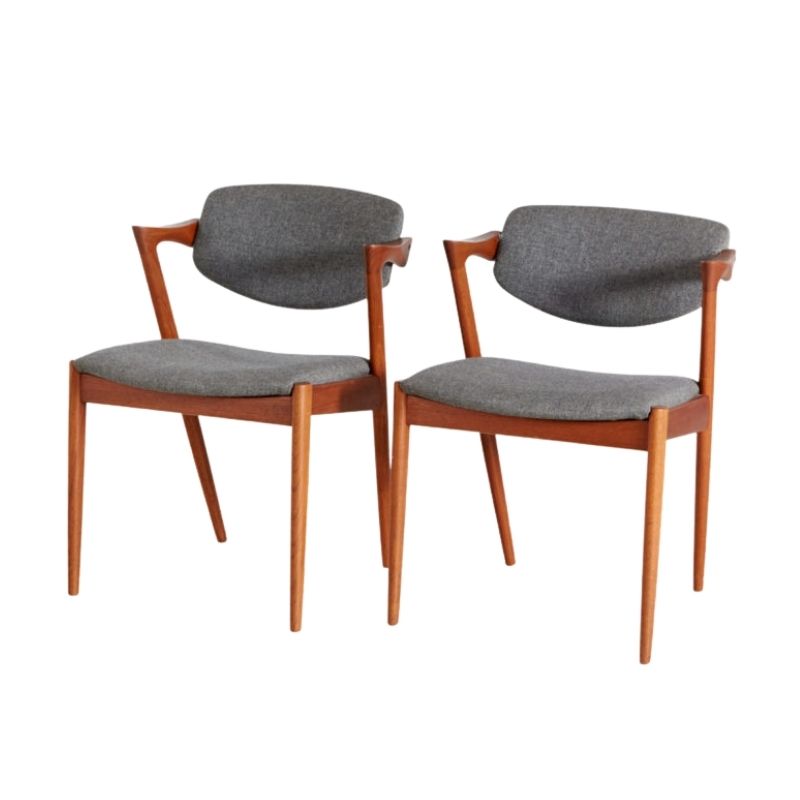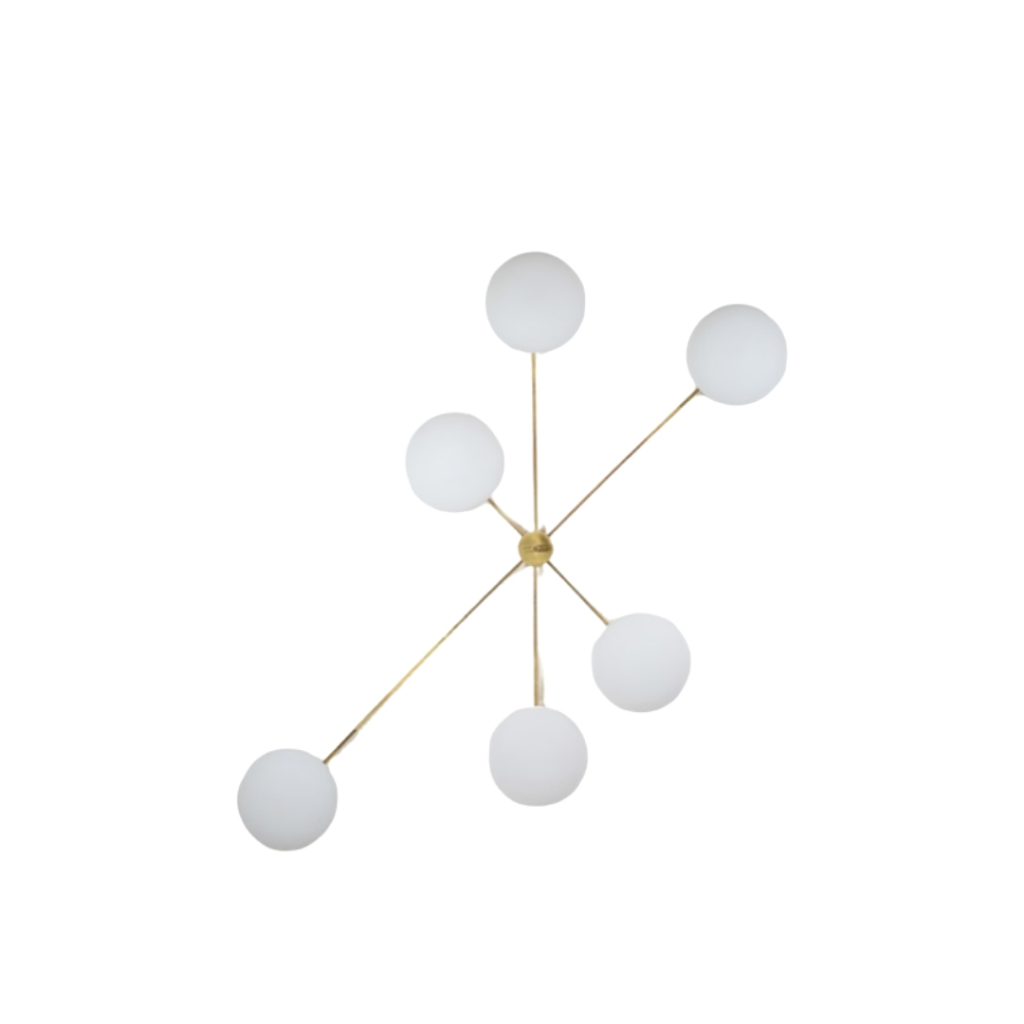I found this article in the Washington Post interesting. The article depicts the path of timber that is illegally harvested in Burma, illegally transported to China, and ultimately sold in the form of furniture in the U.S. by such retailers as Ikea (specifically mentioned in the article). It also shows the environmental impact (negative) of such practices.
Makes me think that perhaps furniture made of wood veneer (which people frequently rail against) is preferable to furniture made entirely of wood. Particularly if the alternative is rapid deforestation . . .
On the design-related front, are there any modern furniture designers out there that are experimenting with entirely new materials, outside of wood, that would be considered "green"?
These questions have been...
These questions have been upsetting and confusing me for a few years..There is MORE than enough good looking furniture around, enough well made stuff and very little furniture design that responds to an actual need. I now only buy or deal in used furniture, do some restoration or make new pieces of furniture from a very limited choice of recycled materials or plantation timber...any use of polyurethane foam or toxic finishes has gone right out the window for me and my guilt has eased tremendously.
The trouble with veneers and mdf etc is that its a short term proposition, it will never last your lifetime or that of your children and I've also realised that a lot of well designed solid timber furniture uses very little resources and for all the supposed rationality of panel based products solid timber furniture is often lighter, more robust and results in healthier (mdf dust is very toxic)higher skilled, satisfied employees.
I own much Danish vintage furniture and aside from its use of teak etc (which its too late to do anything aout now) I can see that much of it adresses all my concerns about ethical production.
High quallity locally produced plantation grown solid timber furniture is the answer, I think 🙂
If you need any help, please contact us at – info@designaddict.com









